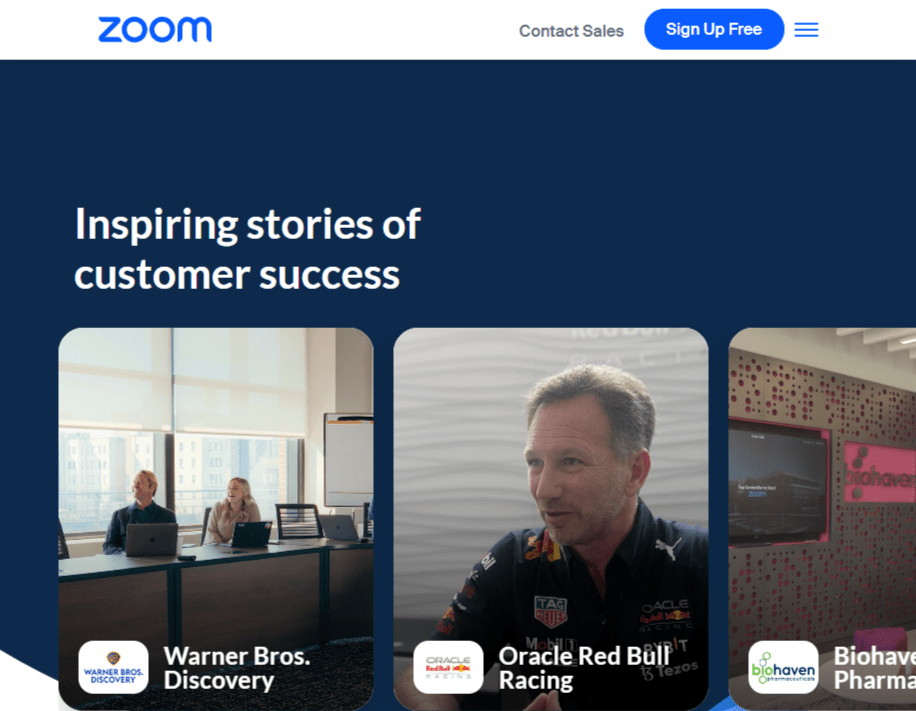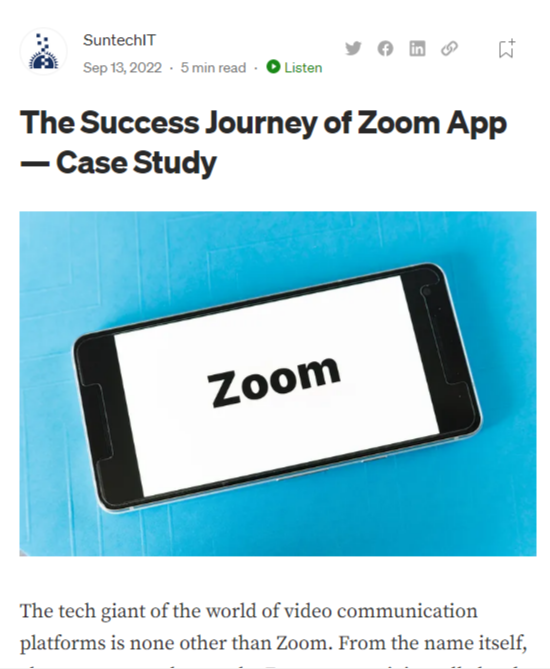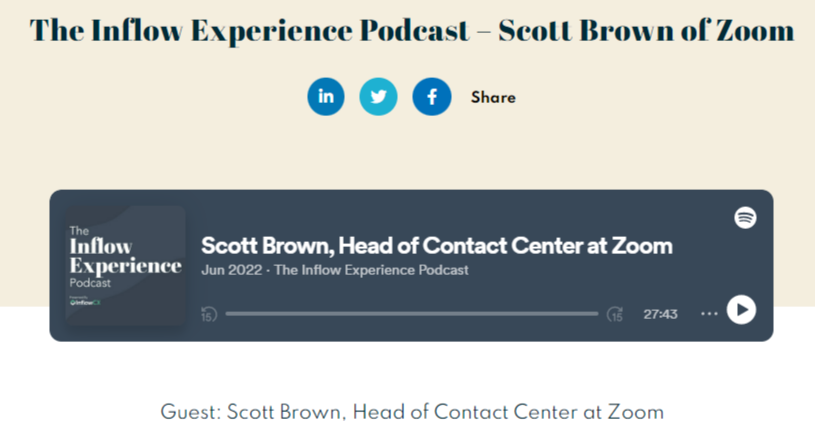As you’ve likely seen, The Skeptic’s Journey is a concept specifically developed with a focus on establishing authority through blog content, however, key principles like a focus on answering reader’s questions can be applied to any audience interaction.
That said, I do want to highlight some of the other ways you can build trust. My personal expertise is around blog content, hence why that’s been the focus of this strategy. Note that the methods described below are not necessarily alternatives to blog content, but are often something to be used in tandem.
To demonstrate how these methods may be used in practice, I’ll be using the example of a company I’m fairly certain anyone reading this is familiar with: Zoom.
“Trusted By…”

One of the quickest and most effective ways to foster trust is by embracing people’s trust in other companies. As you can see, Zoom is trusted by large and well-known organizations like Formula 1, Nasdaq, WWF, etc.
If you didn’t know Zoom beforehand, it’s fair to assume a certain level of quality, being trusted by so many well-established organizations. However, remember the difference between implicit and explicit trust. This is a prime example of implicit trust.
Any trust gained by this approach relies on something not personally experienced by the audience, and great care must be taken to follow up on that trust, making it explicit.
Case Studies

Case studies are a common and effective way of turning the implicit trust above into explicit trust. This is where you provide deeper insight into the experience of real customers, usually coupled with statistics and testimonials.
Given that it’s still not personally experienced by the audience, it can be argued that it’s still not fully explicit trust, but it’s a great step in the transition from implicit to explicit.
User-Generated Content

Content created by someone not directly associated with your company can be a major driver of converting implicit trust to explicit trust. Essentially, why would someone talk positively about you if your solution isn’t good?
This is very much a gray area, as there are many ways of creating what seems like user-generated content, where the company is still influencing the content behind the scenes. But, truly user-generated content can be a major sign of trust in your company.
Podcasts and Webinars

Going on a podcast or hosting a webinar has a significant advantage, as it fosters a more personal connection than written content ever can. While someone may read your byline and know you’ve written it, it’s easy to forget who the writer is once you delve into the content, trying to absorb the information. Think about this, are you currently thinking about how you’re reading the words written by me, Kasper Siig? Probably not, and I don’t blame you!
It can be argued that a writer can have a certain style, but there’s nothing inherent about letters on a screen retaining a human connection. With a podcast or webinar, it’s almost impossible to not retain the human connection. The audience is hearing your voice, or seeing your face. You won’t necessarily be performing a strict edit, cutting out a funny joke, an interesting anecdote, or you going on a tangent. Those are usually the exact reasons people listen to podcasts.
A human connection is often one of the most effective ways of fostering trust, it’s why motivational speakers care so much about body language and tonality.
Final Thoughts
In summary, these are all ways to foster trust in either you or your solution, either implicitly or explicitly. But, no matter what the approach is, always ensure that anything you say holds up to scrutiny.